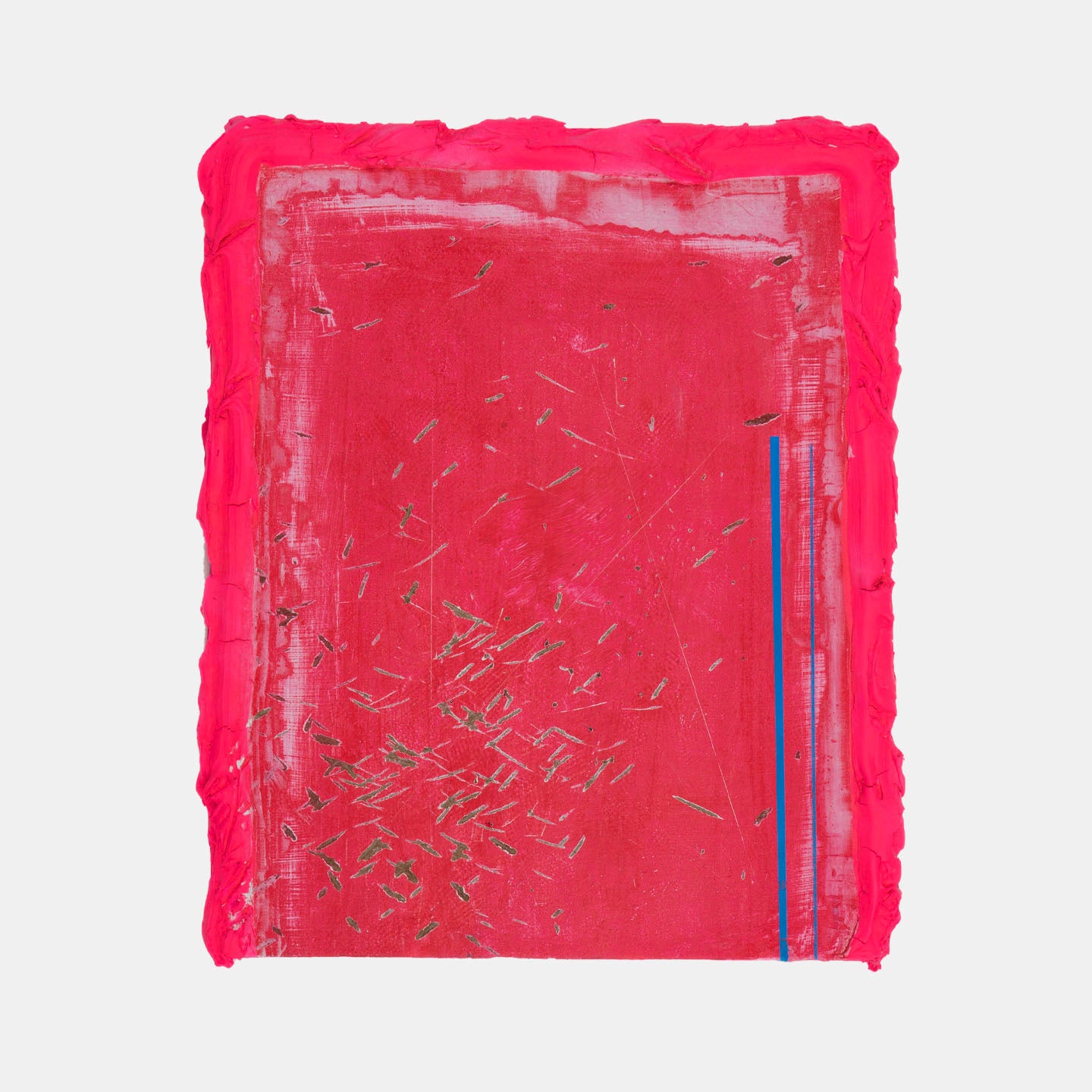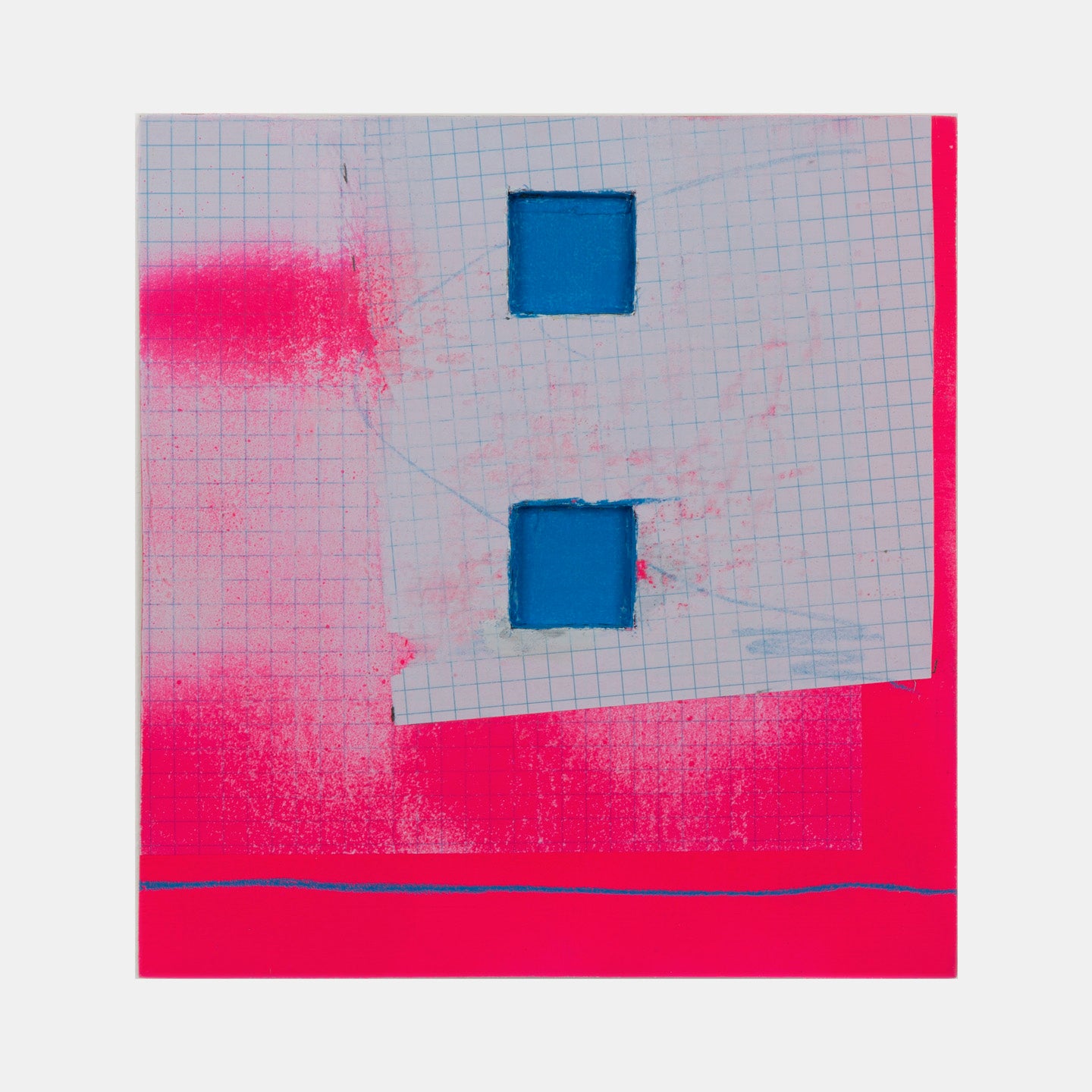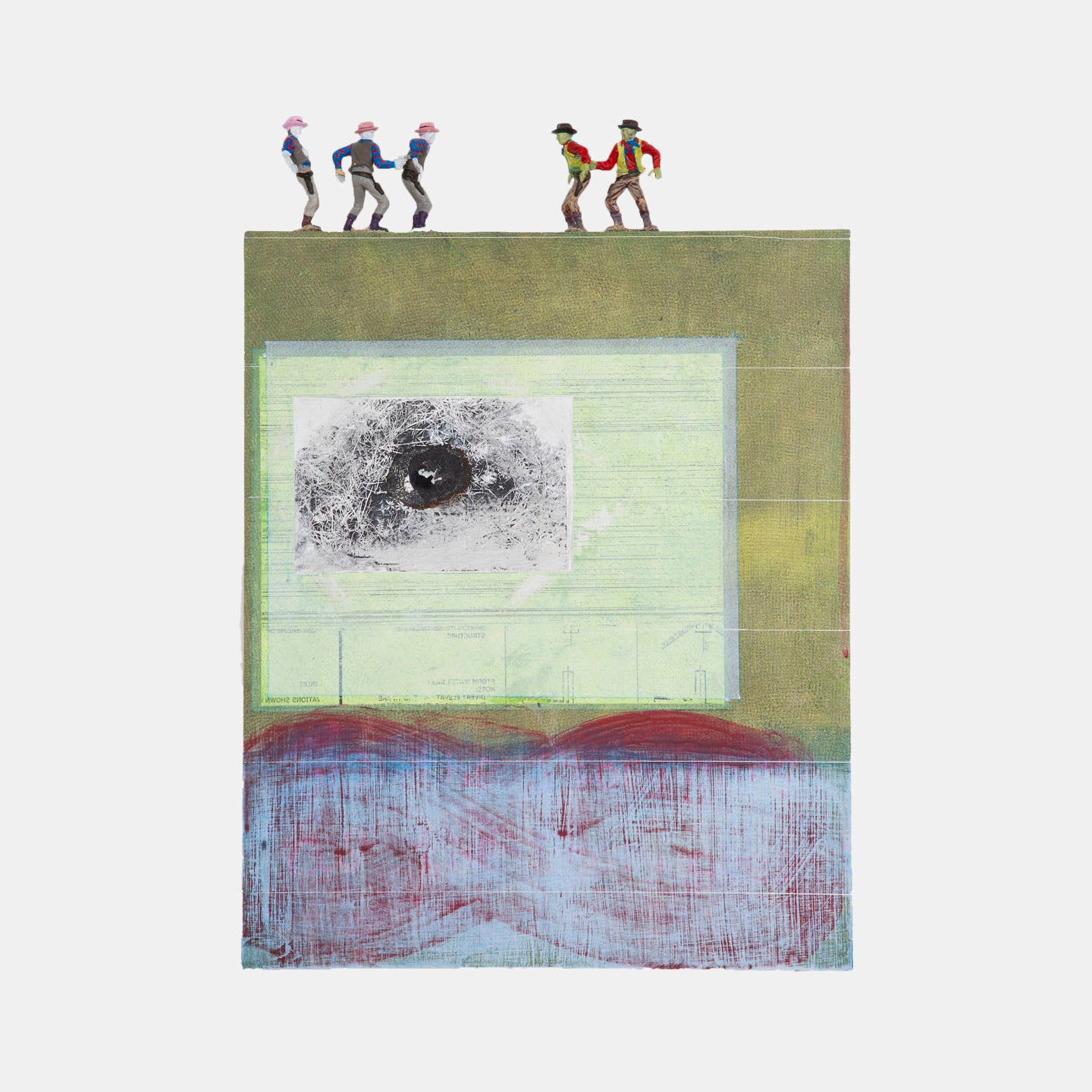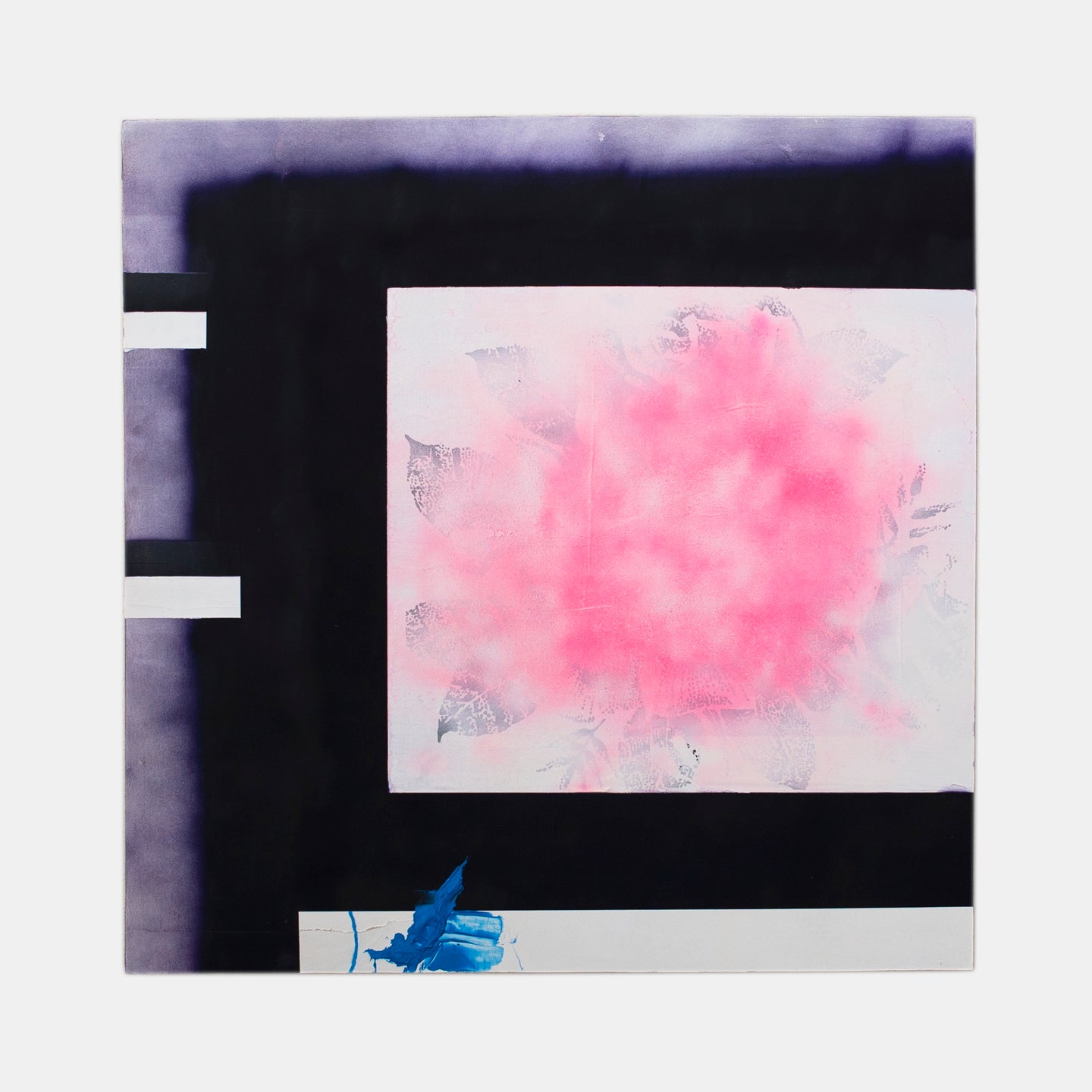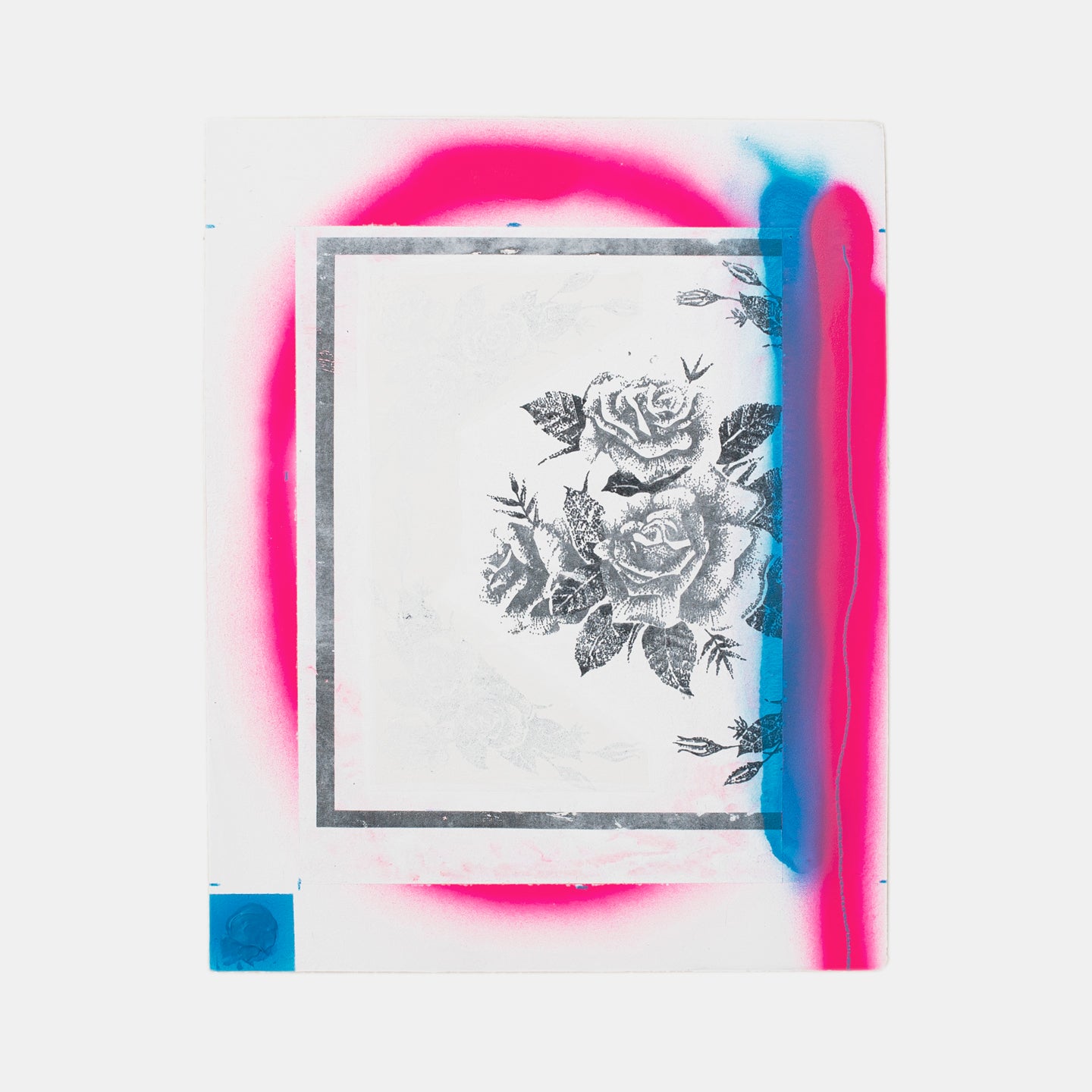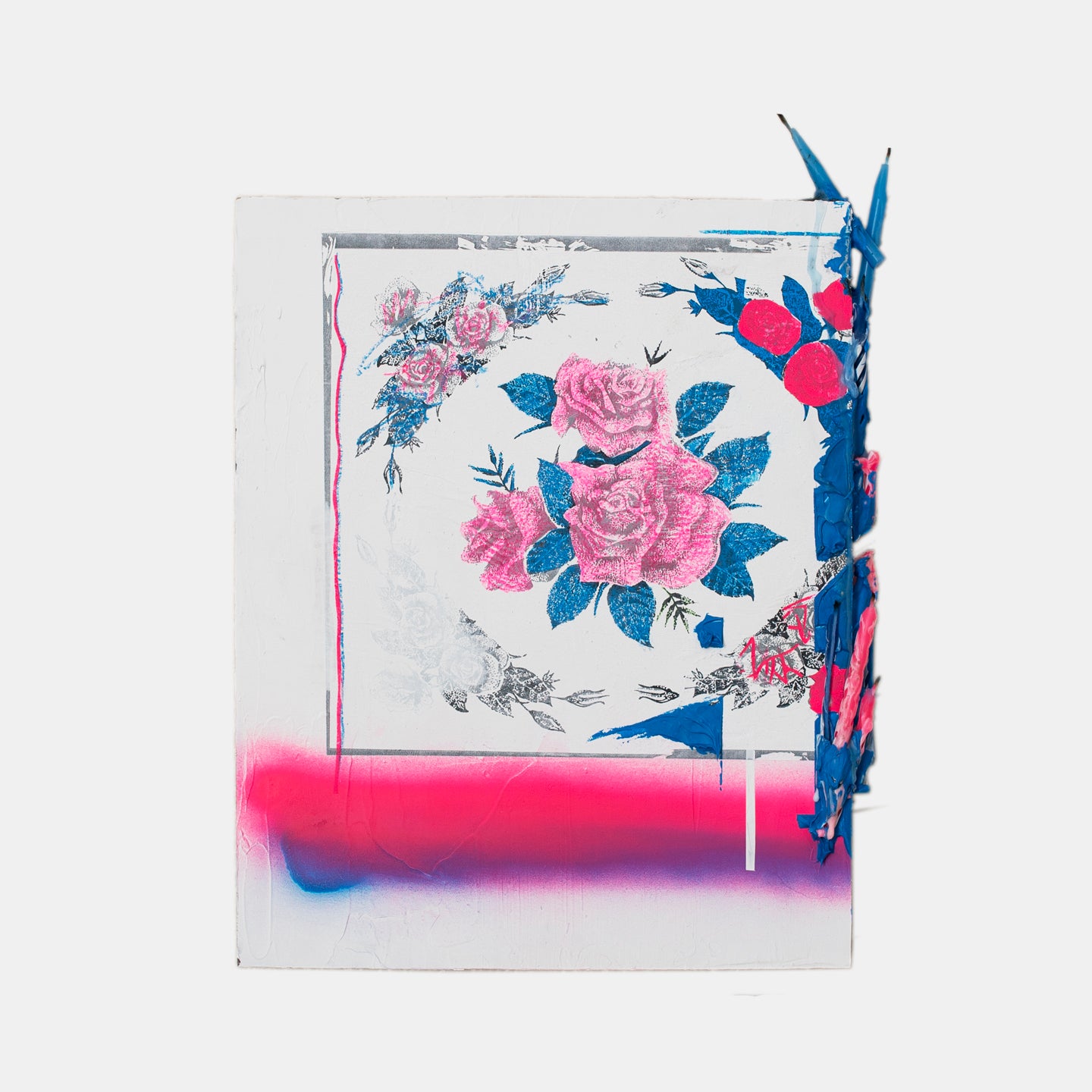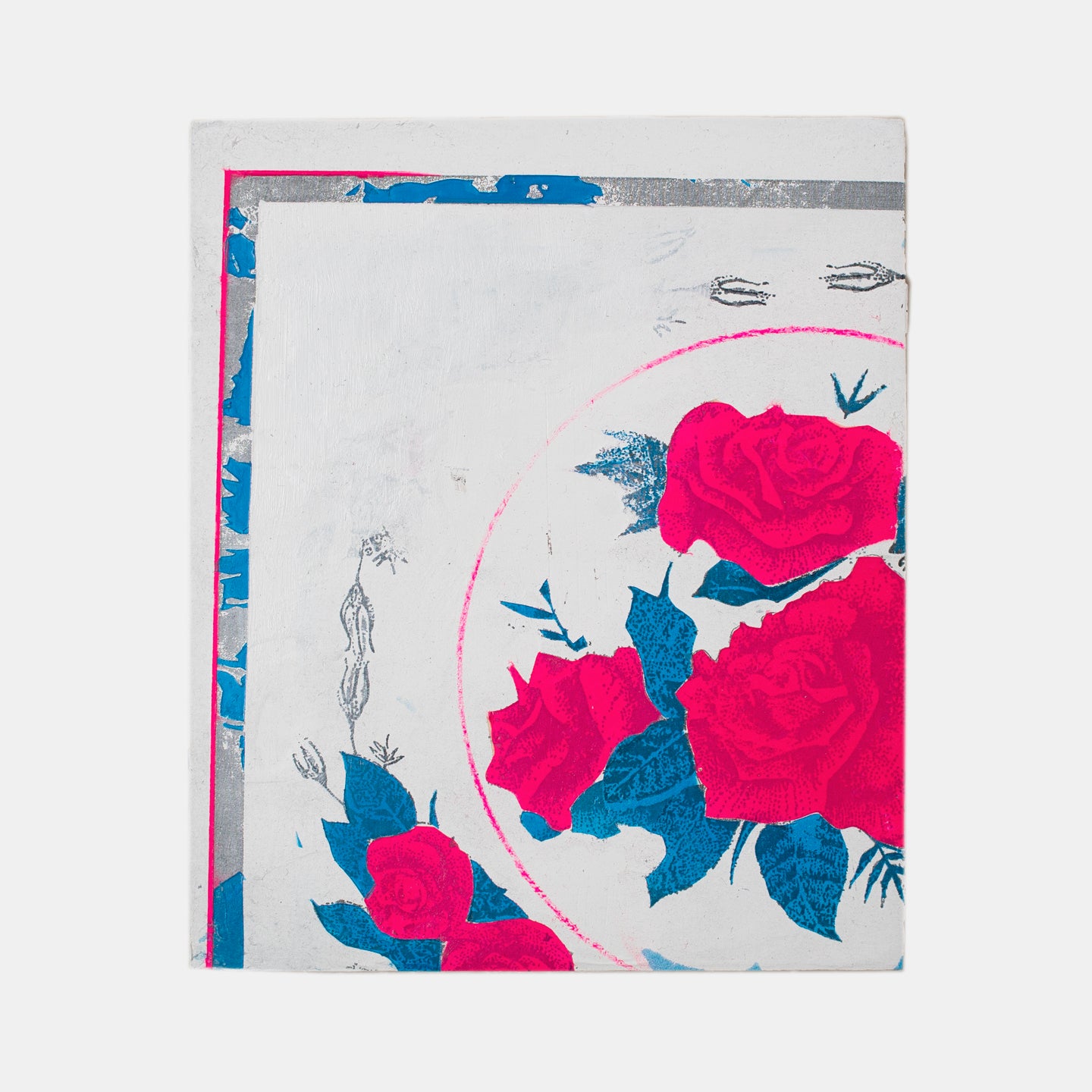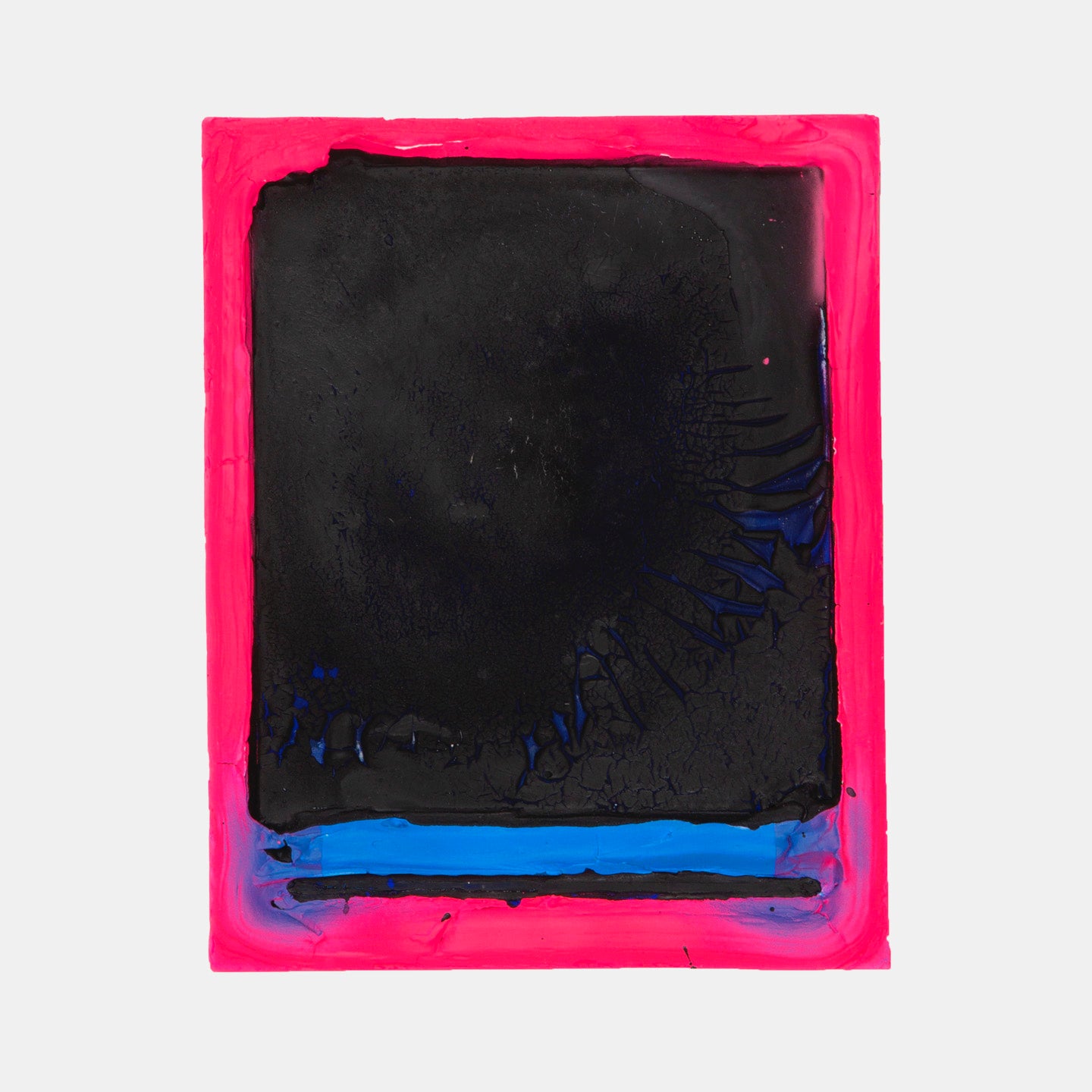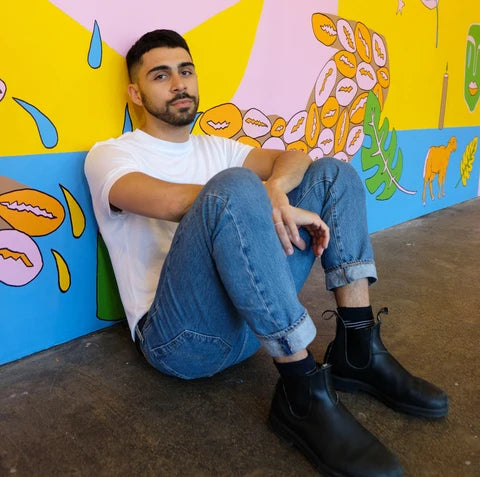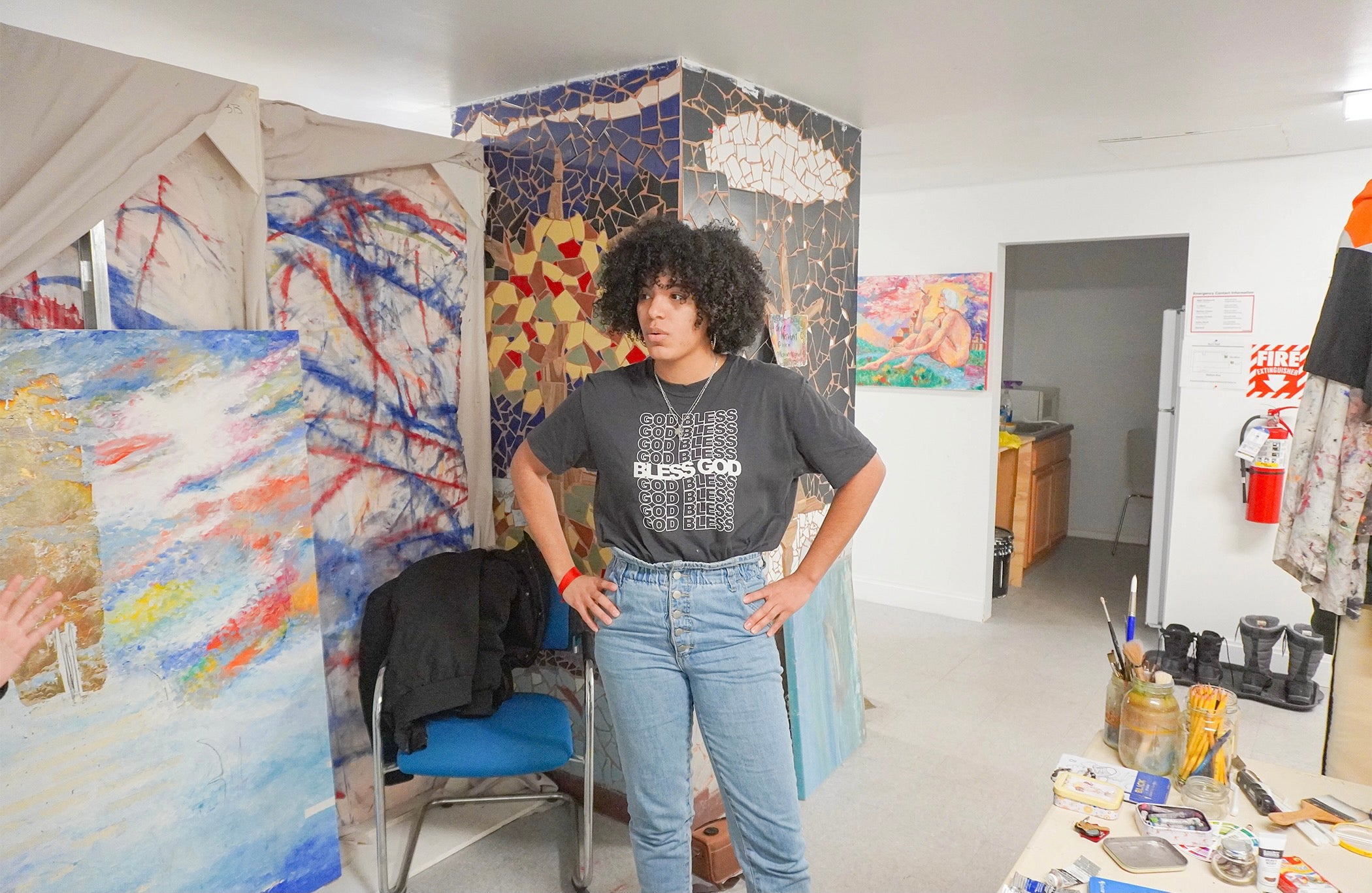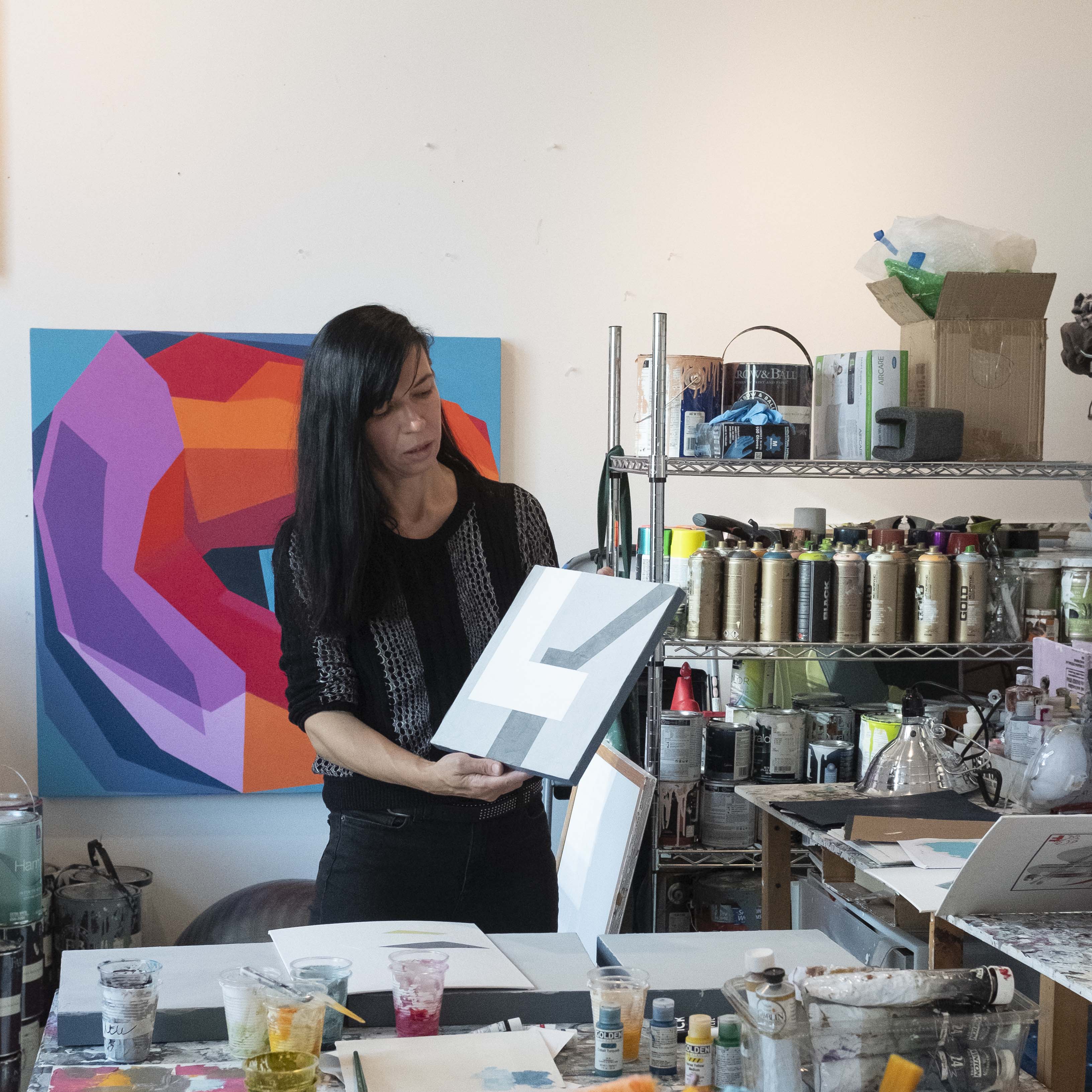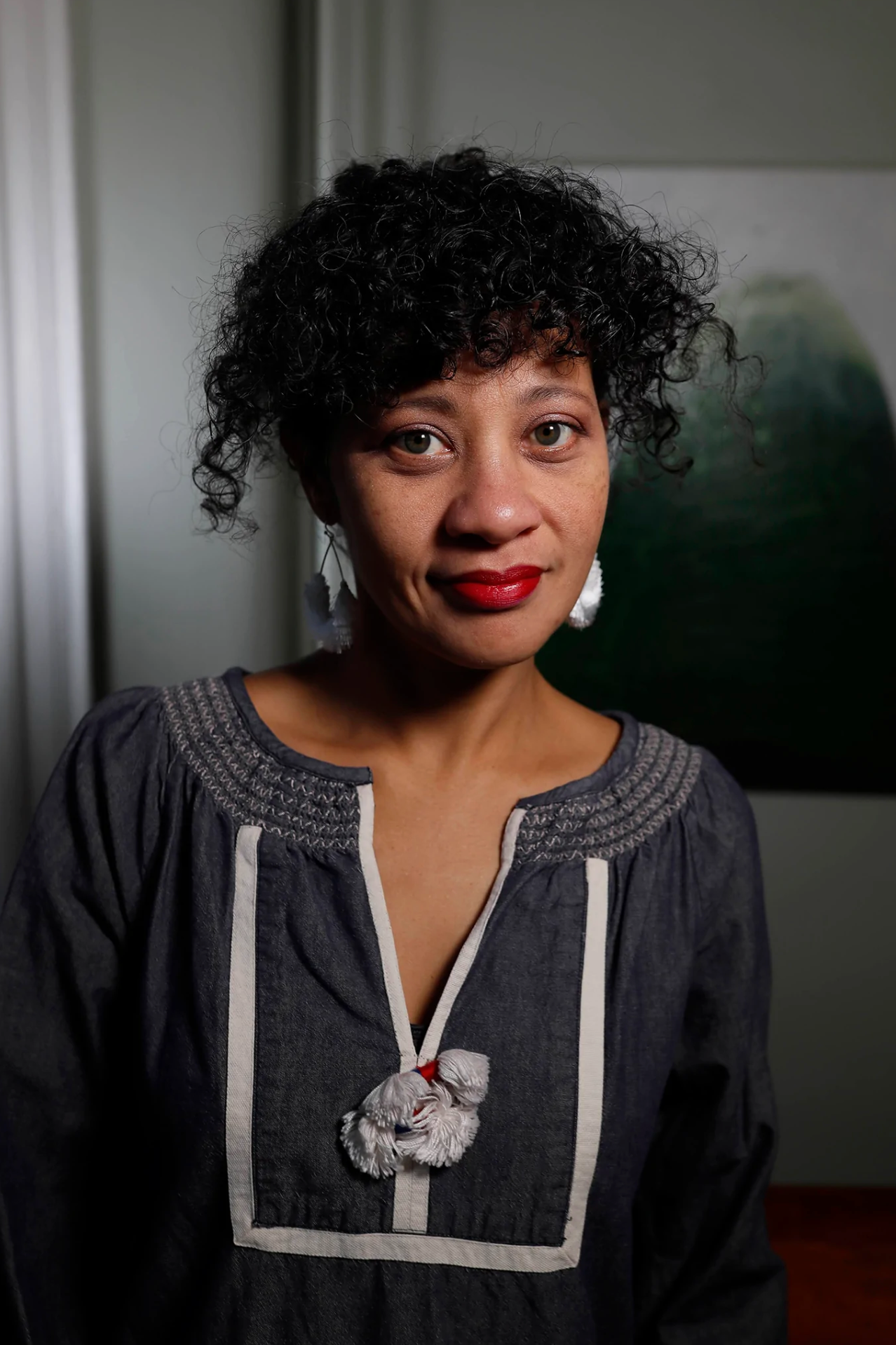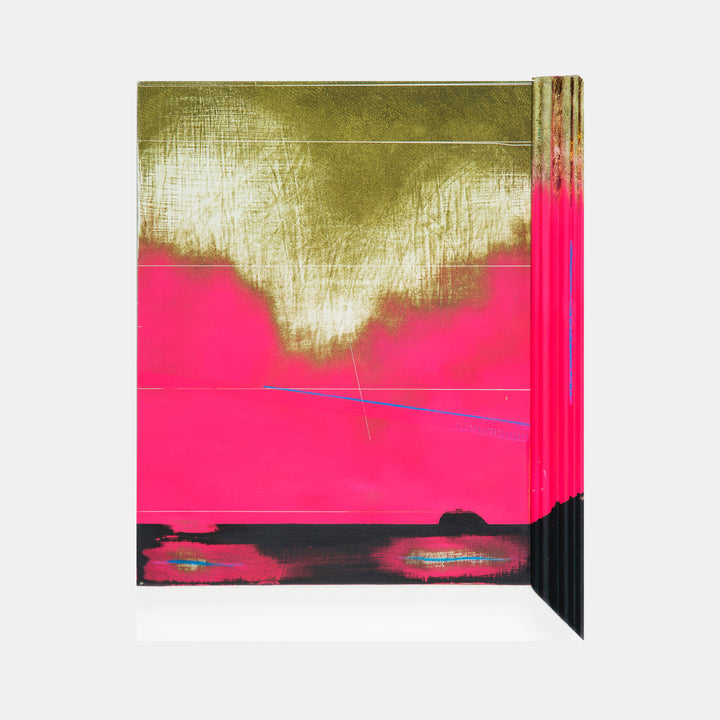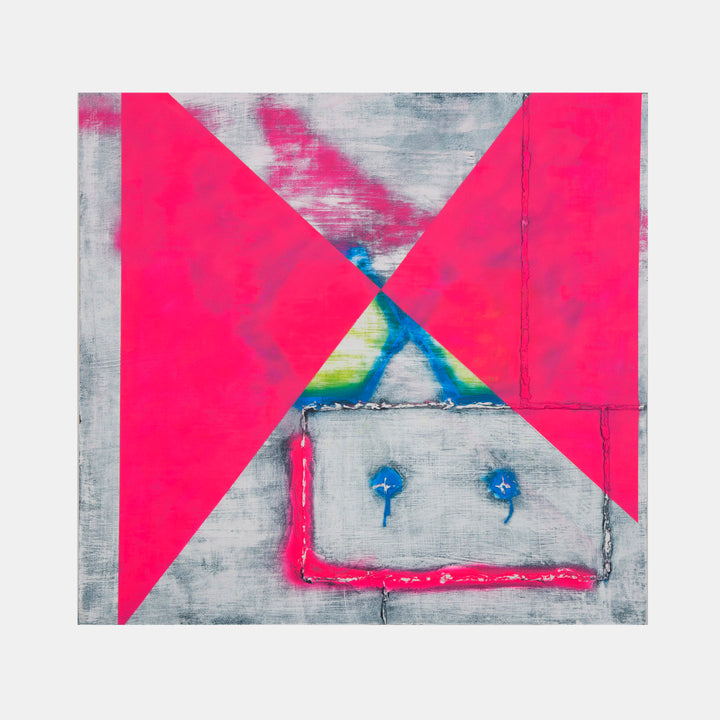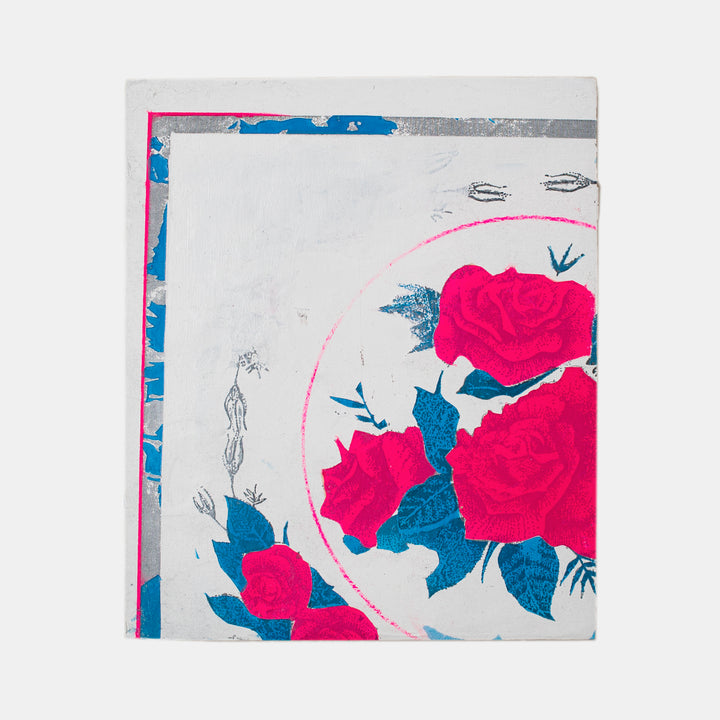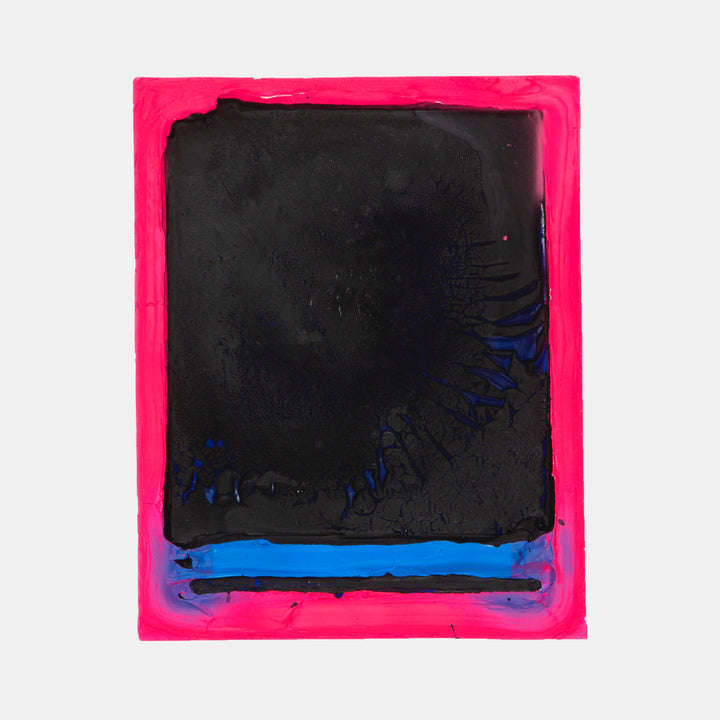No Products in the Cart
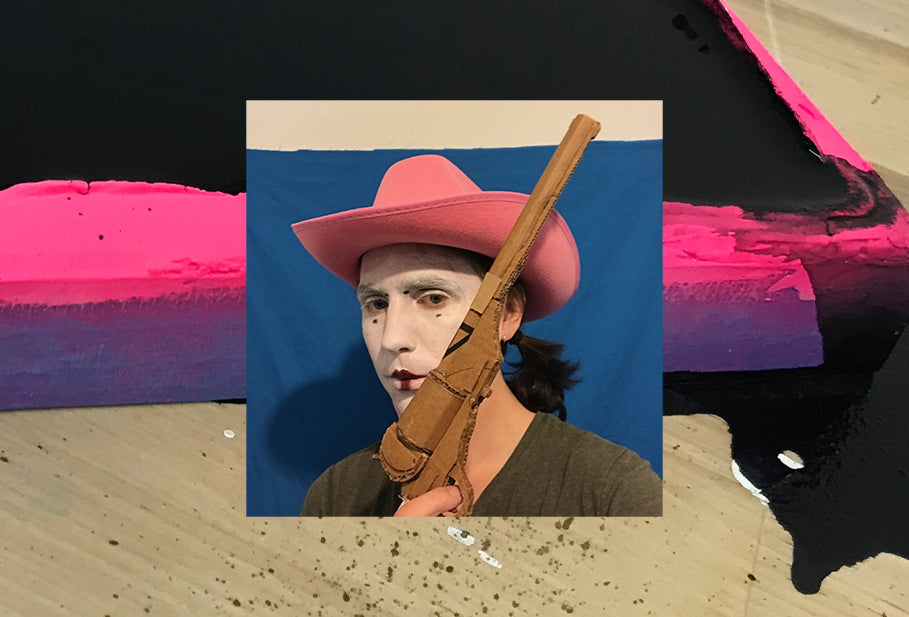

AUGUST 7, 2020
I heard you were doing your MFA in New York and just returned to Texas?
Yes, I was doing an MFA at Pratt - one day we had access to the studio and everything, then the next, we were stuck in our apartment for the rest of the semester. So mid-July I moved everything to Texas and decided to take the year off. It was a hard decision but a lot of my peers did the same thing - which is important to me, because those communities are what makes a successful artist.
So your move here was initially a practical choice. But now that you’re here, are there specific Texas things that motivate or inhibit you?
The biggest thing is that I’m bored here. So I’m like..I guess I’ll go paint!
Which is actually good for finishing my MFA program. I’m trying to write my thesis this year.
I’m trying to explore my own work and find the linchpin of what I can revolve around. I know artists have their texts they can go back to like a safety net.

Your works have a sense of decay. What’s your relationship with time? Do you work slowly or furiously?
I love to work in layers. I think of reductive art being as important as additive. Sandpaper can be used as well as a brush.
I like it that it (my relationship with time) is a mystery. It is both slow and furious in effect, but I work very deliberately. Some of these paintings were done in two hours, some were done over months. It’s very specific to the painting.
But it’s interesting you brought up time, because that was something I was thinking about - time on a cosmic level. What’s a billion years when our planet’s zooming through the universe? How much does concrete decay as people walk over it? To turn it into a canyon?

I read this book called Rings of Saturn by W.G Sebald. It was the ultimate digression - one second he’s walking on the beach, the next he’s talking about the price of tea and China and how it affects winds in South Africa. The big thing he talked about was that we’re lucky to be alive while the rings of Saturn are there. Their lifespan is only 100,000,000 years. Maybe to us it’s a long time but that’s a blink for the universe.
Even the way the rings are made relates to decay. The leading theory is that when the moon got too close it was ripped apart by tidal forces (Roche Limit). The very start of the book is actually an encyclopedia entry about the rings of saturn. There’s something very cool about it being poetic, but without meaning to be poetic.
WORKS BY THE ARTIST
That’s such a beautiful sentiment. Because what makes these things poetic is your encounter with them.
Exactly. What I love is chance.
I used to see that in the subways all the time with ripped up posters looking like a de Kooning. I’d be like “the subway did the best painting today!”

I see common shapes and symbols surfacing (which is an ironic word to use because a lot of them are scratched in) by being obstructed and smudged. Where do they arise?
I got really interested in surveyor marks walking around the city. Which connects back to my interest in city decay. The big triangle thing, for example, is a symbol for release valve. And cross hatches make different locations, different colors have different meanings.
In terms of what they do for the painting, I feel like they hold everything together. For example, when I etch symbols like the one in Between Mother and Child - just one white cross - which comes from me noticing the little space between figures in Renaissance painting, between head and head, head and shoulder.

I think those marks make your paintings. They’re like secrets between me, seeing them, and the imagined someone who made it.
I like what you said about a secret between artist and audience. I envision a thread going between us through that little mark. but I like it that people aren’t necessarily making these one-to-one connections, that they have to jump through hoops.
It’s also a secret because a lot of my art comes from research.
I did a book earlier this year called Death Trap, about rat traps around New York. It involved intense research like: What does poison look like? How does it affect a rat? What triggered it for me was feeling sad thinking about how many little rat bodies are out there - ones you see every once in a while in the middle of the streets, then disappear the next day.

There are two works in ink, The Sisters and Names, that read a bit differently from others. Where do they come from?
Troy: The ink paintings started when I discovered ink catches from our photo lab, big boxes used to catch excess ink from printers, filled with miscellaneous of black-green color.
Then there’s actually a blue colored pencil under the ink. I think that’s what makes these works is the little slash of the color coming out on the edge. It’s an underdrawing but the most powerful part of my work. The little subtleties.
I like it that you latched onto these because I’m actually new back to painting. I did mostly video and book art after a painting undergrad background, but never abstractly. Now I feel like I have three or four different strands to explore, and this (ink) is one of those things.
Interesting, because I thought you were more influenced by the Japanese traditions like Gutai, in encountering raw materiality.
I’m always influenced a lot by what I’m consuming at the time. We were in class reading about Donald Judd and the Minimalists, so that’s what I decided to try at the time.
But another piece of that puzzle is a John Zurier show we saw at the time. One of our professors knew him, so we got to meet him. He was talking about Japanese aesthetics and what struck me were contradictory words like “still movement”. Or I take a Body Mechanics class where the teacher says “we can’t say yes AND no at the same time”, but if you think about it a middle state is possible.
Another thing I think about a lot is...how long have you ever looked at a painting?
The longest for me was half an hour in front of a Barnett Newman at MoMA. I think time-based art like theater forces you to sit down. But painting is deceptive because it also unfolds, but makes people think everything is already there. Which makes people less patient.
That’s how you can judge a good painting. If it unfolds to you instead of giving away all your secrets all at once. I took an art criticism class where we had to sit in front of a painting for thirty minutes and just write down what you see: “it is blue”. “There are diagonal marks”. When you get past all that, you’re really starting to see it.
I know! Without doing that rigorous process, we get to conclusions so fast.
We all feel like we’re experts at seeing! Odd, because people don’t think of themselves as experts of music although they’ve been hearing their whole life.
On the other hand when I’m showing videos, I almost feel like I am holding people hostage. I remember the first time I showed a video I sulked into the corner. It’s like showing a friend a funny video and just waiting for them to laugh. Then they don’t laugh and you’re like “oh no…”
I like it that you latched onto these because I’m actually new back to painting. I did mostly video and book art after a painting undergrad background, but never abstractly. Now I feel like I have three or four different strands to explore, and this (ink) is one of those things.

You’ve been experimenting with new materials. There’s so many ways we can branch out of traditional paint-on-canvas, but what was your particular turning point - for using molding paste or “toys”?
I like the idea of serious absurdity. Those toys come from this video diorama of those cowboy toys and me dressing like one of those cowboys. When I was showing it to people everyone was like “this is funny”, and I just thought “it’s not supposed to be funny…”
Like this artist Ragnar Kjartansson.
In this one piece in the Venice Biennale, he played the persona of a masculine artist. He would go into the studio, drink, smoke, and paint the model. At the end they’d be beer bottles everywhere, ashtray filled.

What have you been reading / listening to / watching?
It’s weird, I almost have specific genres for each thing that don’t match up together.
LISTENING: For music, I’m into poetic lyrical stuff like Nick Cave, Patti Smith, Alex Cameron, PJ Harvey, The Magnetic Fields. They push things towards ridiculous - for example Nick Cave is like, let’s make the saddest song in the world then suddenly start talking about god as well.
WATCHING: With movies, I’m all about new forms, weird but slow movies. For example, Andrei Rublev, three hours about a Russian icon painter.
That’s what was amazing about New York too, is that there are so many indie theaters to go to. I have a few niche Japanese New Wave directors I like and the first week I moved to New York, a theater was showing their movies retrospectively! I really like the Metrograph, then there’s one called Film Noir Cinema in Greenpoint which is fun because it’s the size of a video store that seats 30-40 people. They have a lot of weird events too, something called the Miscatonic University of Horror Studies. Weird lectures. Sometimes it’s a professor, sometimes it’s just a crazy guy lecturing about dummy deaths in movies.
READING: I like to switch between more academic texts and pleasurable books. I just read Coldness and Cruelty by Gilles Deleuze, about Sade and Masochism. He’s arguing that Masochism and Sadism are not as lumped together as most people think. Sadomasochism. More like parallel lines that never don't intersect.
Then I read Venus in Furs Leopold von Sacher-Masoch which I’m glad I read after, because it has so much passion, I can’t imagine going back to the cold dissecting tone (of something like Coldness and Cruelty)
I also read Blood Meridian by Cormac McCarthy as I was driving all the way to California to see some state parks. The United States has so much emptiness. Even if the nearest city is sprawling, they can’t even reach these remote areas. We got out at a gas station in Arizona and just - 360 degrees flat land all around. I mean it’s a brutal book. Can’t get through a chapter without someone getting scalped or disemboweled. But when he spends pages and pages describing the desolate landscape, I was like..this is it! Hey look! Western Arizona!
Lastly, what should we look out for the next few months? New projects, exhibitions, or other plans?
I just set up a woodshop to make stretchers and panels. So lots and lots of paintings.
I’m thinking about bringing in some figurative elements and text, to get to the absurd seriousness that I like. I want to keep it abstract painting but I think there are a few light touches to be made.
I’ve also been doing paintings with printed, flower-patterned plastic bags.



